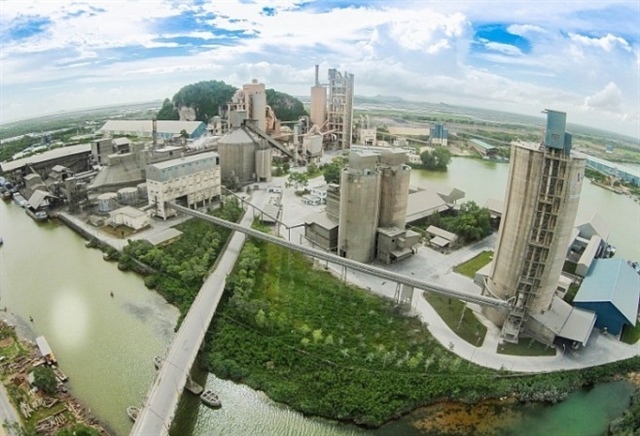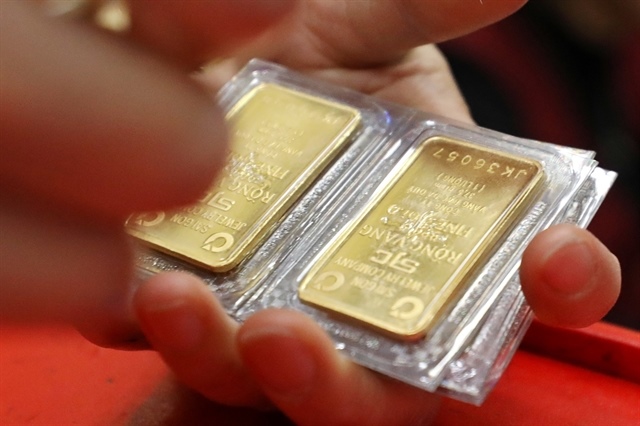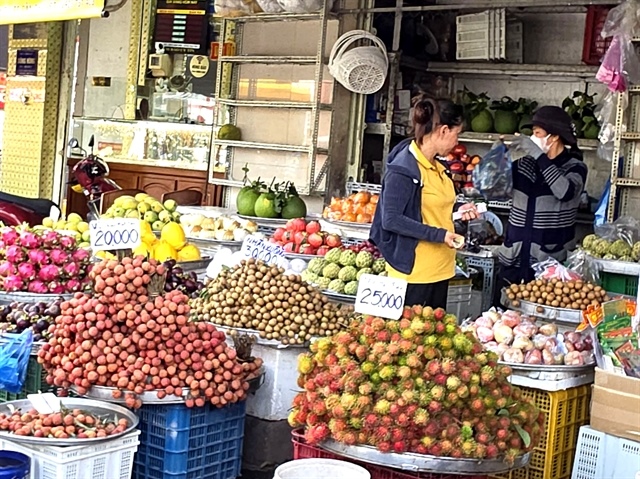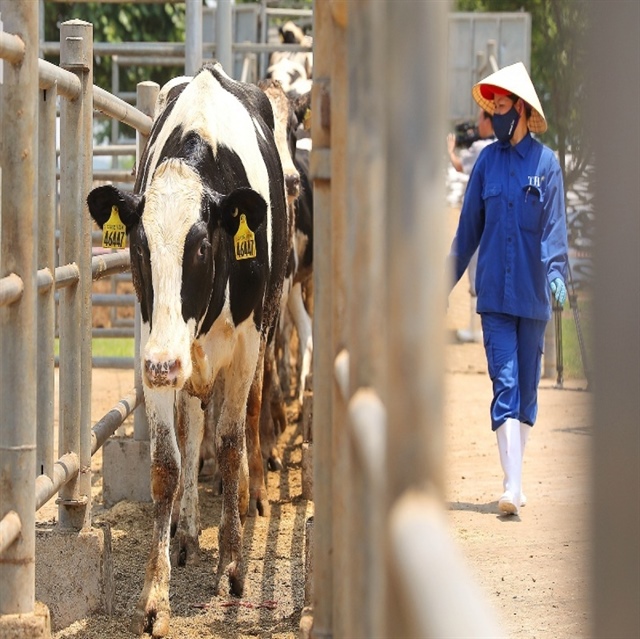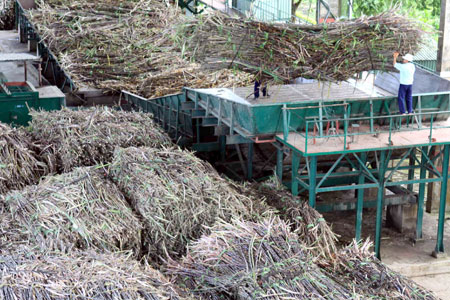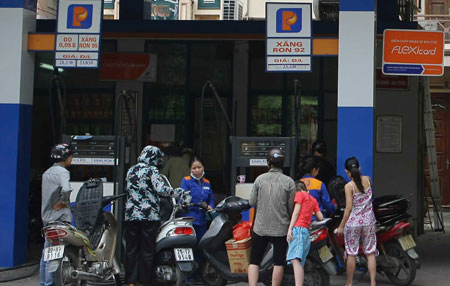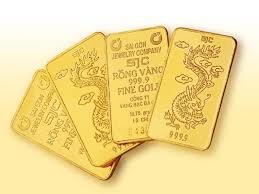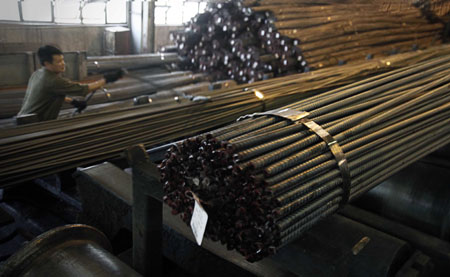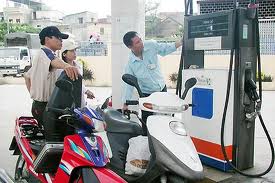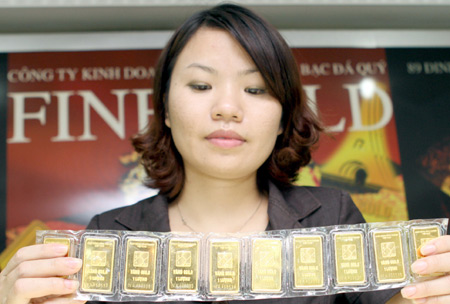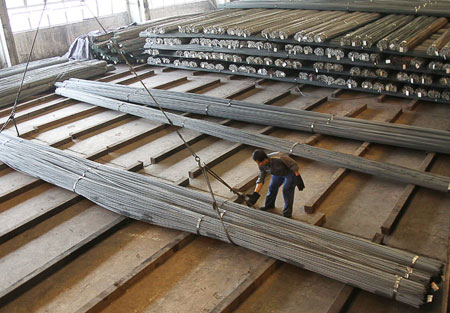Pepper exports soar but stocks left bare
Pepper exports soar but stocks left bare
The country now has almost no pepper left for export for the second half of the year, according to the Ministry of Agriculture and Rural Development.
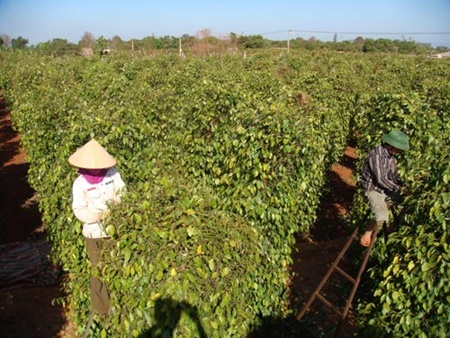
For the first six months of the year, Viet Nam, the world's top pepper producer, exported 85,000 tonnes worth US$552 million.
"I'm amazed at the figure of 85,000 tonnes of exported pepper," said a representative of an exporter in Binh Duong Province after surveying the latest crops in the provinces of Dong Nai, Ba Ria-Vung Tau, Binh Phuoc, Dak Nong, Dak Lak and Gia Lai.
The Viet Nam Pepper Association (VPA) predicts that this year's pepper yield will be 90,000-95,000 tonnes. About 60,000 ha are under cultivation.
The VPA said from 10,000 to 15,000 tonnes of pepper imported from other countries in the region would be used for re-export, thus bringing "the total availability" of pepper eligible for export to 105,000-110,000 tonnes this year.
Based on these estimates of yield and export volume, local farmers now have about 10,000 tonnes of pepper in stock.
Meanwhile, local pepper demand remains about 5,000 tonnes annually. With such demand, the amount needed for export cannot be met.
According to figures from the Ministry of Agriculture and Rural Development, pepper exports in the first five months of this year reached 68,000 tonnes, bringing home $446 million, a year-on-year increase of 14 per cent in volume and 9.6 per cent in turnover.
The average pepper export price stood at $6,554 a tonne in the first five months, shrinking more than 4 per cent year-on-year.
The agriculture ministry's figures show that export volume surged despite price falls in the last six months.
According to Nguyen Quang Binh, director of the HCM City-based Chanh Tinh Anh Co. Ltd., the price of black pepper in the local market did not fluctuate as sharply as the prices of other farm produce, such as coffee and rubber.
The January-May export rice price, for example, averaged $445 a tonne, tumbling 7.7 per cent year-on-year, bringing down local paddy prices to only around VND4,000 per kilo at times.
In addition, the five-month average export price for rubber was $2,595 a tonne, a decrease of more than 15 per cent over a year ago, with natural rubber prices hovering around VND40-42 million a tonne.
In the past few months, the price of black pepper ranged between VND110,000 and VND130,000 per kg. On July 10, black pepper sold for VND115,000 per kilo in Pleiku, VND118,000 per kilo in Binh Phuoc, and VND120,000 per kilo in Ba Ria – Vung Tau.
"The gap in prices of black pepper depends on the distance between the growing areas and the processing centres, which are normally based around ports, such as ports in HCM City," Binh told Viet Nam News.
The stability of pepper prices helped a small number of local farmers keep their goods in stock, waiting for higher prices, said Binh.
Most of the country's exports are semi-processed pepper. The VPA has encouraged its members to invest in processing technology, turning low-priced black pepper into high-priced white pepper.
However, Binh said that farmers had other priorities.
"To earn an additional $200 – $300 on one tonne of exported pepper by processing black pepper into white pepper is not the long-term target of Viet Nam's pepper sector. The industry is now aiming to bring Vietnamese pepper to dining tables at restaurants, hotels and dining rooms of families around the world," said Binh.
vietnamnews


